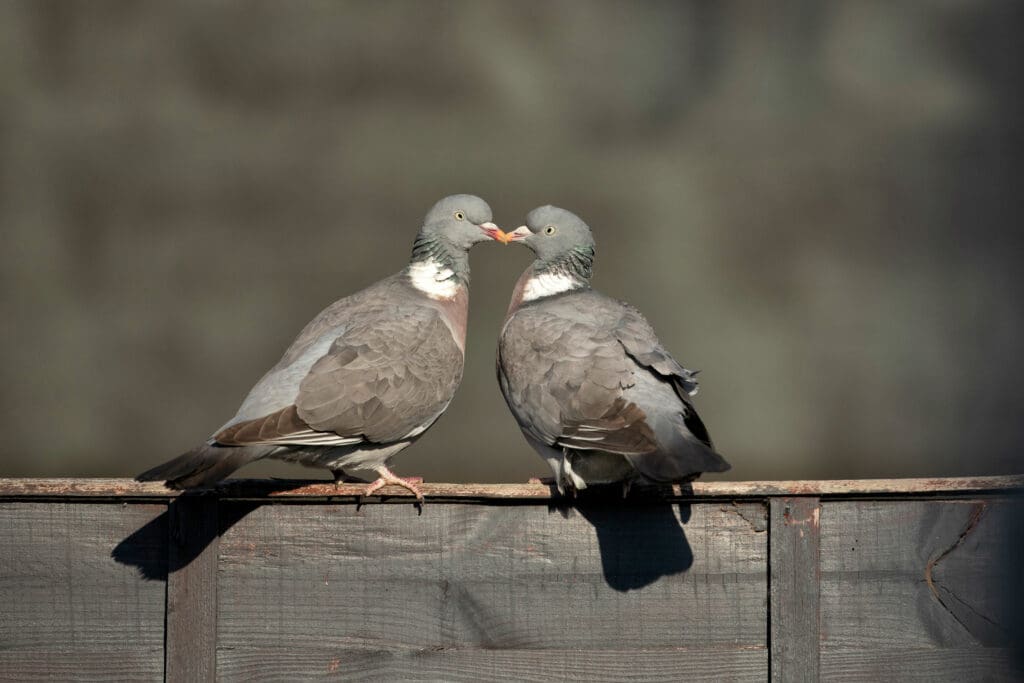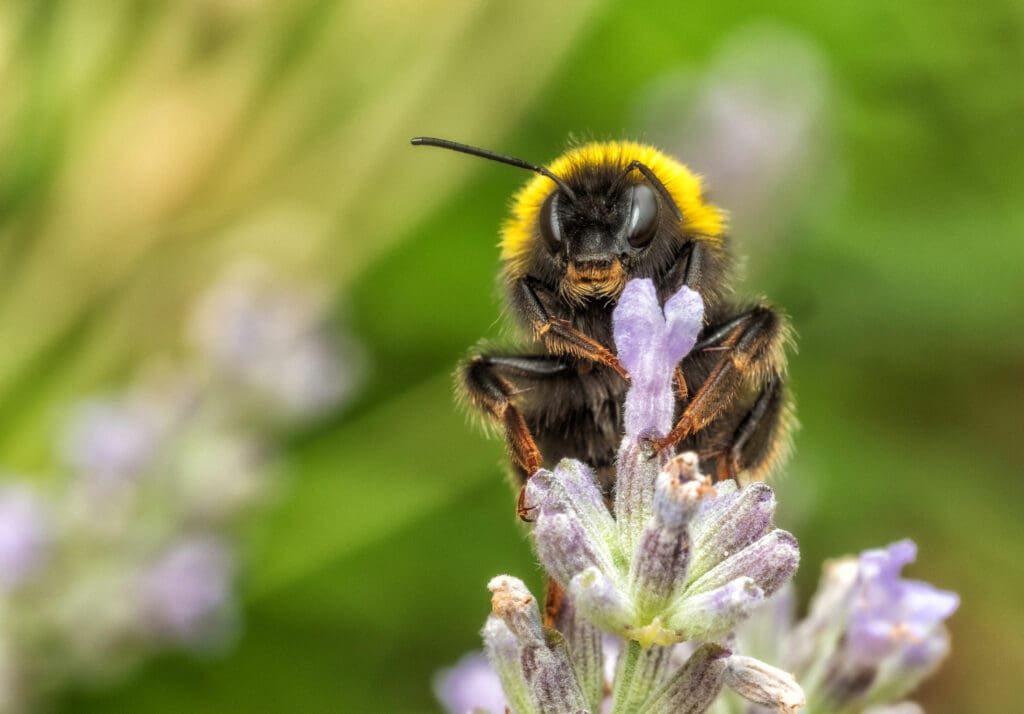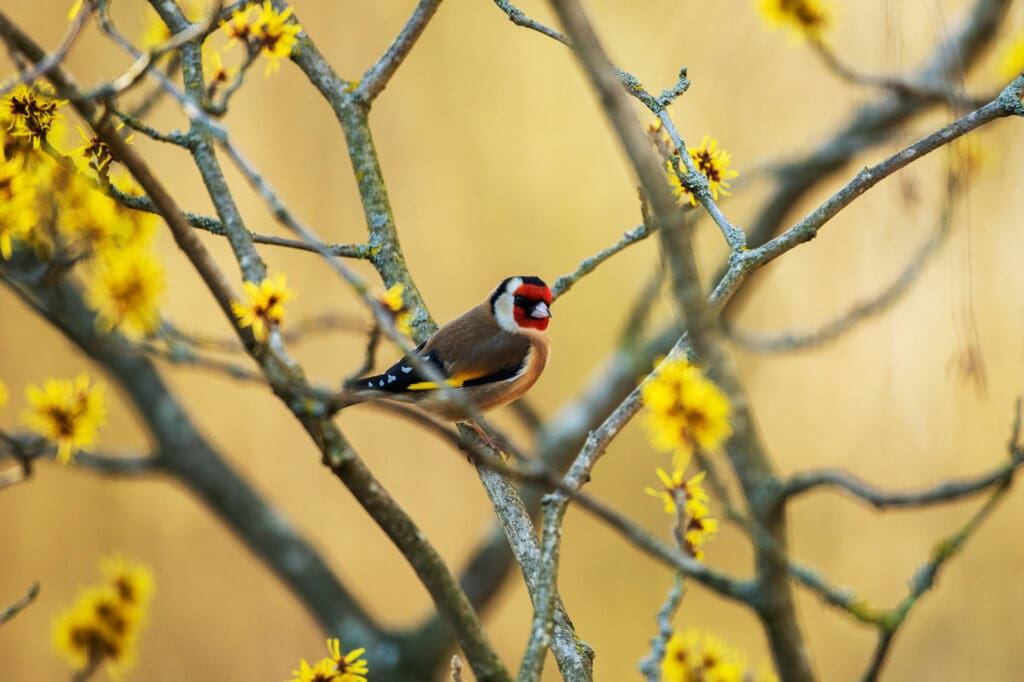The winter landscape would be a great deal duller without the bright and bold colours of birds. From the kaleidoscope of colours on a Blue Tit to the iridescence on a Magpie’s tail, they bring joy to the sludgy landscape. The colours themselves are amazing enough, but the sheer complexity of plumage hue production is mind-boggling.

The colours of feathers come from two main sources, the best known of which are pigments. These are molecules that absorb all wavelengths except particular ones, such as reds, which are therefore reflected back to the observer. There are two main types of pigments. Melanins are responsible for sober colours, from the matte black of a Carrion Crow to the browns and greys that often confer camouflage – the patterns on waders’ and owls’ plumage are examples. Carotenoids tend to reflect brilliant, bright colours such as yellows and reds, seen on the breast of Blue Tits to the red face of a Goldfinch.
The structures that lead to iridescence also strengthen the feather and may even have anti-microbial properties
The other source of colour comes from the internal structures of the feathers themselves, and the way they split, rather than absorb light – like a rainbow or the colours on a bubble. Keratin has a different refractive index to air, so it duly bends the different wavelengths out. The mechanisms behind this are very complicated, because the effects come from inert and colourless structures, such as the keratin that makes up the feather, and the air within the keratin matrix. Bubbles of air in the feathers may simply reflect all wavelengths back, producing white plumage.
The extraordinary phenomenon of iridescence derives from incredibly small, crystalline structures in the branchlets (barbules) of feathers. These are 3D structures, so they can reflect different wavelengths of light when you see them from different angles. The dazzling array comes from the remarkable ability of these nanostructures to ‘capture’ and amplify very specific wavelengths in the spectrum. Within the keratin, the structures consist of tiny layers of melanin, the gap between them equivalent to wavelengths – large gaps for red, for example, and small gaps for blue.
Although iridescence is found in many different bird groups – and it is obviously used for showing off – males are often more iridescent than females. However, its original function is not certain.
You might also like

How to photograph garden birds

Insects that help us


